
The Complexity of Loss
Consider different types of grief and loss.
When someone close to you dies, you mourn the loss of that person—what they meant to you, the role they played in your life, and the role they “could have” played in your future. It’s a big change.
After the initial primary loss, you face more changes, ranging from big to small and long-term to short-term. These are known as secondary losses and can complicate grief by adding stress and anxiety.
Secondary losses might include:
- Finances: Changes to your financial situation could require you to change or get a new job, and to figure out or create new financial systems.
- Way of life: Changes to daily routines, moving to a new location or type of home, switching to a new school.
- Relationship changes: Changes to your support system, how often you see certain people, and how you interact with them, or how they interact with you. You might lose connections or make new ones.
- Identity: Changes to how you identify or see yourself, for example: as a widow, only parent, or child.
Understanding and recognizing secondary losses can help us grow as we grieve. You might:
- Look for other people who “get it,” in other words, are going through or have gone through something similar.
- Be honest with your support system about what you’re going through. Talk about the different emotions you’re feeling.
- Accept help from others.
- Give yourself grace by being kind to yourself.
Remember that not everything changes.
Even when so much seems new and different, it can help to remember that some things do stay the same. Together with your child, make a list of what’s changed and what’s still the same. Think about if anything is “sort of the same.” You can use this printable page to make your list.
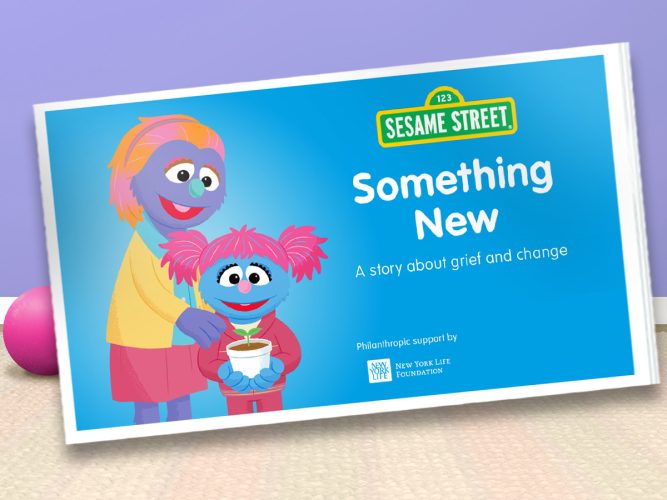
Something New
In this story, Elmo’s cousin Jesse helps remind children that big changes can mean new opportunities to learn and grow.
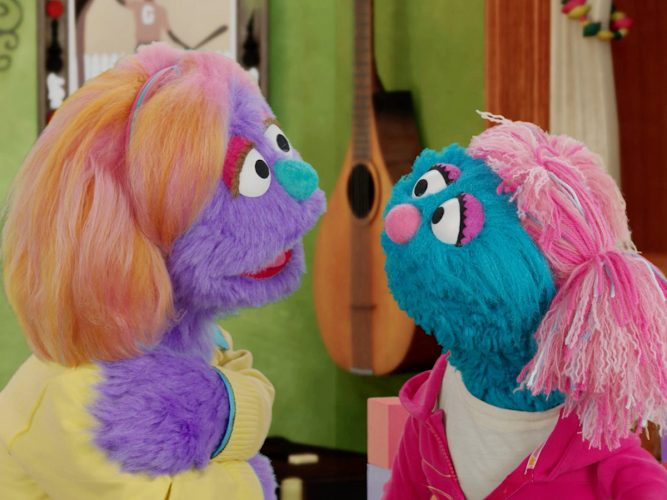
Jesse Expresses Grief Through Play
A video to show how children can express their feelings of grief through play — and how grown-ups can help.
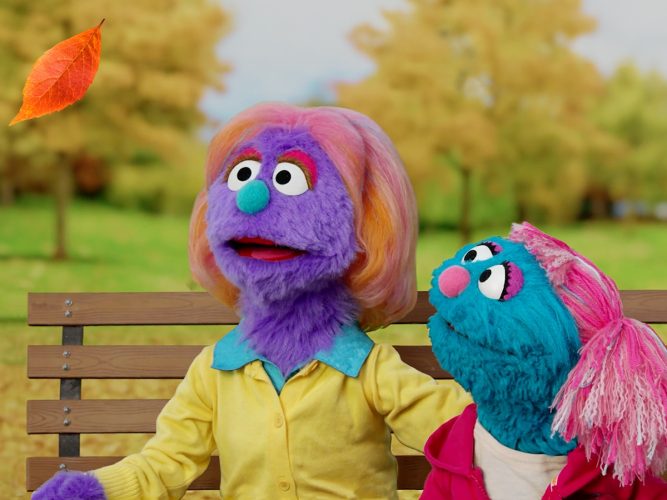
Re-grieving as Seasons Change
A video that shows how grief can come and go throughout life.
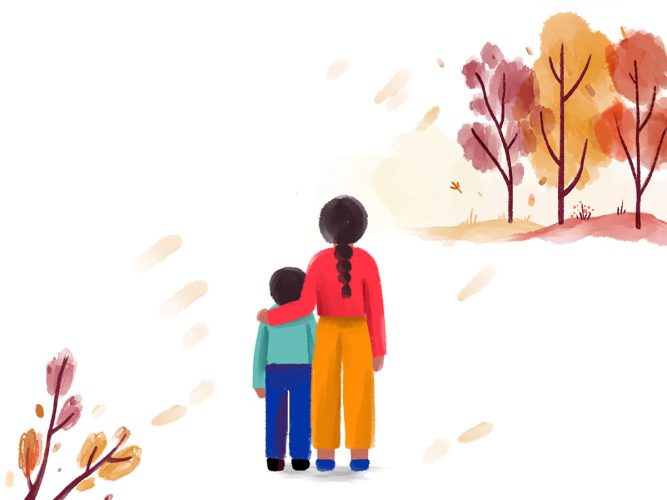
Growing as We Grieve
Parents and caregivers, reflect on your own experience of grief and hear what has helped other families cope, thrive, and find joy.
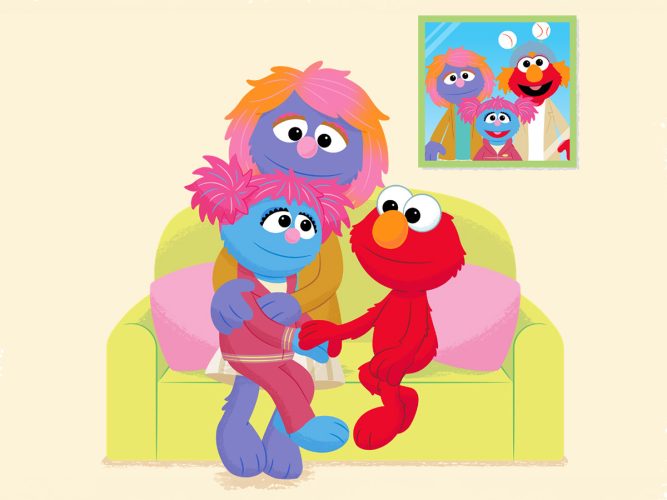
Growing as They Grieve
A special guide for providers supporting children who are grieving.
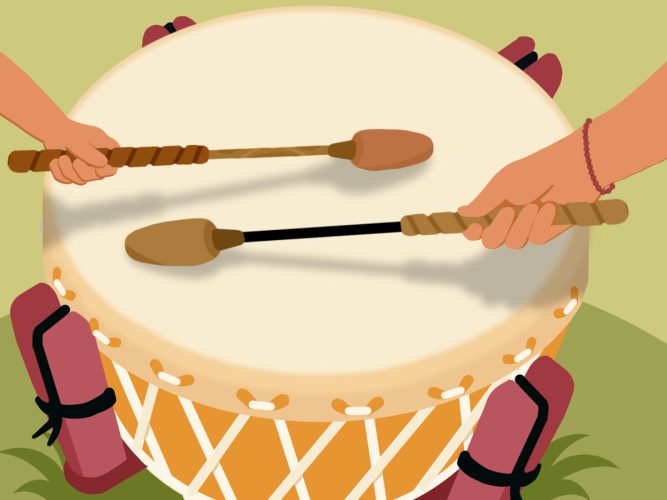
Supporting Grieving Native American Children and Families
Learn ways to support Native American children and families who are grieving with compassion and cultural humility.

Grieving and Growing: Helping Families Navigate Bereavement Together
